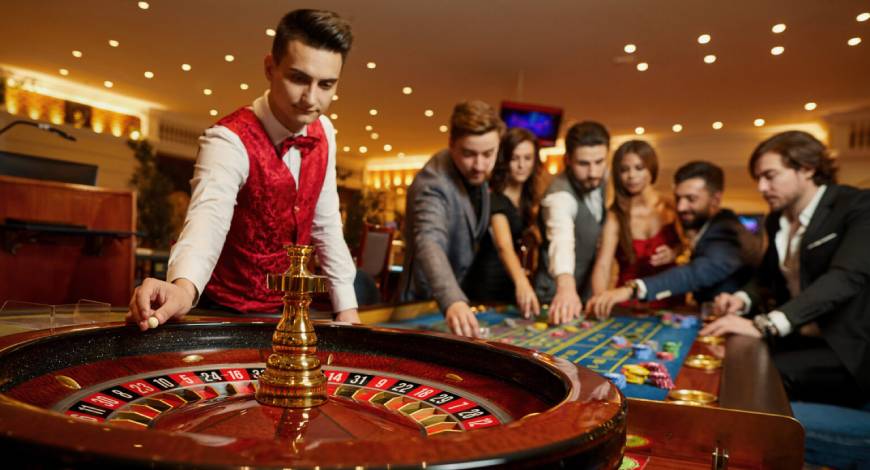Understanding the Concept of “Angle Shot” in Poker
Poker has its own intricate language, with many terms unfamiliar to those outside of the game. One such term is “angle shooting,” an ambiguous and highly debatable strategy that tests ethical boundaries. This detailed information will broaden your understanding of what angle shooting entails, its significance within poker games, and how it impacts the overall dynamic of this card-based sport.
The Meaning Behind ‘Shot’ and ‘Shooting’
- ‘Shoot,’ in poker terminology, refers to a betting move made by a player during a game. So when we say ‘shot’, we are usually referring to one single action or round.
- ‘Shooting,’ however, carries more significance as it denotes the player’s strategic decisions throughout the game. A player may be said to “shoot” if they employ tactics like bluffing or semi-bluffing to manipulate others into taking specific actions.
Deciphering Angle Shooting
Despite these definitions for ‘shot’ and ‘shooting,’ it’s important to understand that angle shooting carries its distinct concept in poker culture. At its core, an angle shot is a poker play that straddles the fine line between outright cheating and taking advantage of unwritten rules or ambiguities in live poker games.
An angle shooter aims at gaining an unfair edge over their opponents through unusual maneuvers often designed to confuse others about their intentions or the strength of their hand. While technically legal (as it doesn’t break any established rules), angle shooting still stirs controversy due to its unethical nature.
Types of Angle Shots in Poker
Detailed below are some examples of common methods deployed by angle shooters:
- Misdirected Action: Here, the offender quickly declares a usual action in such a way that might make other players think they’ve acted otherwise—like whispering ‘call’ while tossing enough chips in that could indicate a raise.
- Sneaky Check: A sneak check involves subtly moving your cards forward then pulling them back rapidly, making opponents believe you’ve checked when you haven’t.
- Giving Misinformation: It involves deliberately providing wrong details about your hand.
- Bait and Switch: In this tactic, once seeing another player’s reaction to their mentioned intention of making a hefty bet, they’d switch strategies based on gained insight — e.g., claim they just wanted to call after all.
The Impact on Poker World
As enticing as bending rules might seem for gaining competitive edges, remember: poker thrives on sportsmanship. Players universally detest unethical practices such as angle shooting. Hence new casino policies implement strict measures against repeated violations.
Crafty shots can trick novices into disastrous mistakes under pressure; hence awareness and caution should be exercised differently from standard bluffs—which are widely accepted facets of gameplay. You want skills attributing to success rather than deceitful tactics potentially spoiling poker’s enjoyable nuances!
In conclusion,
In essence, an angle shot isn’t just significantly frowned upon but also in most situations counterproductive as it tears down trust among fellow players, dilutes enjoyment and puts at risk potential long-term gains from recurring open-spirited games shared with friends or regular competitors—the true essence underlying passionates’ dedicated hours into mastering this intriguing world!





